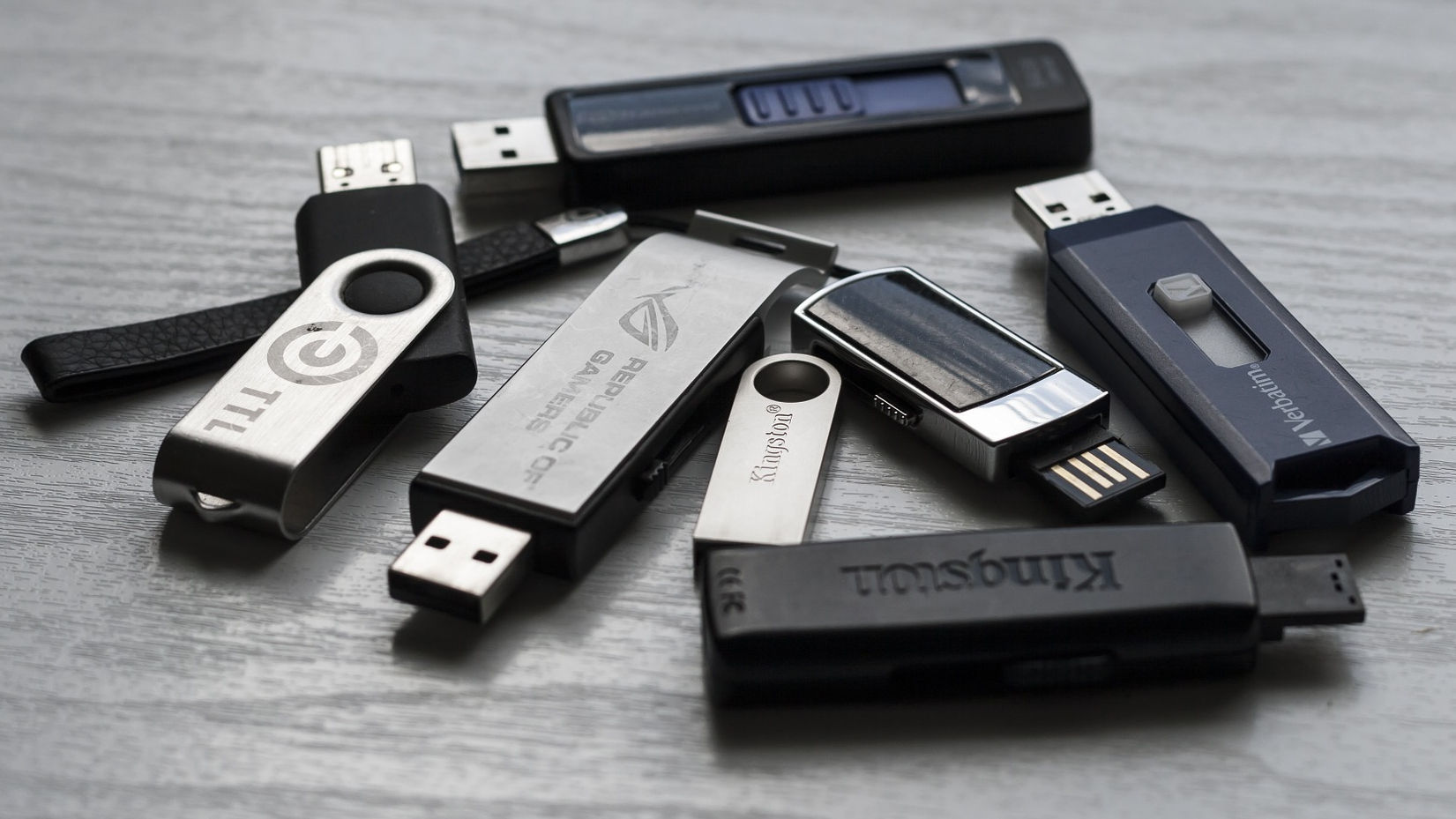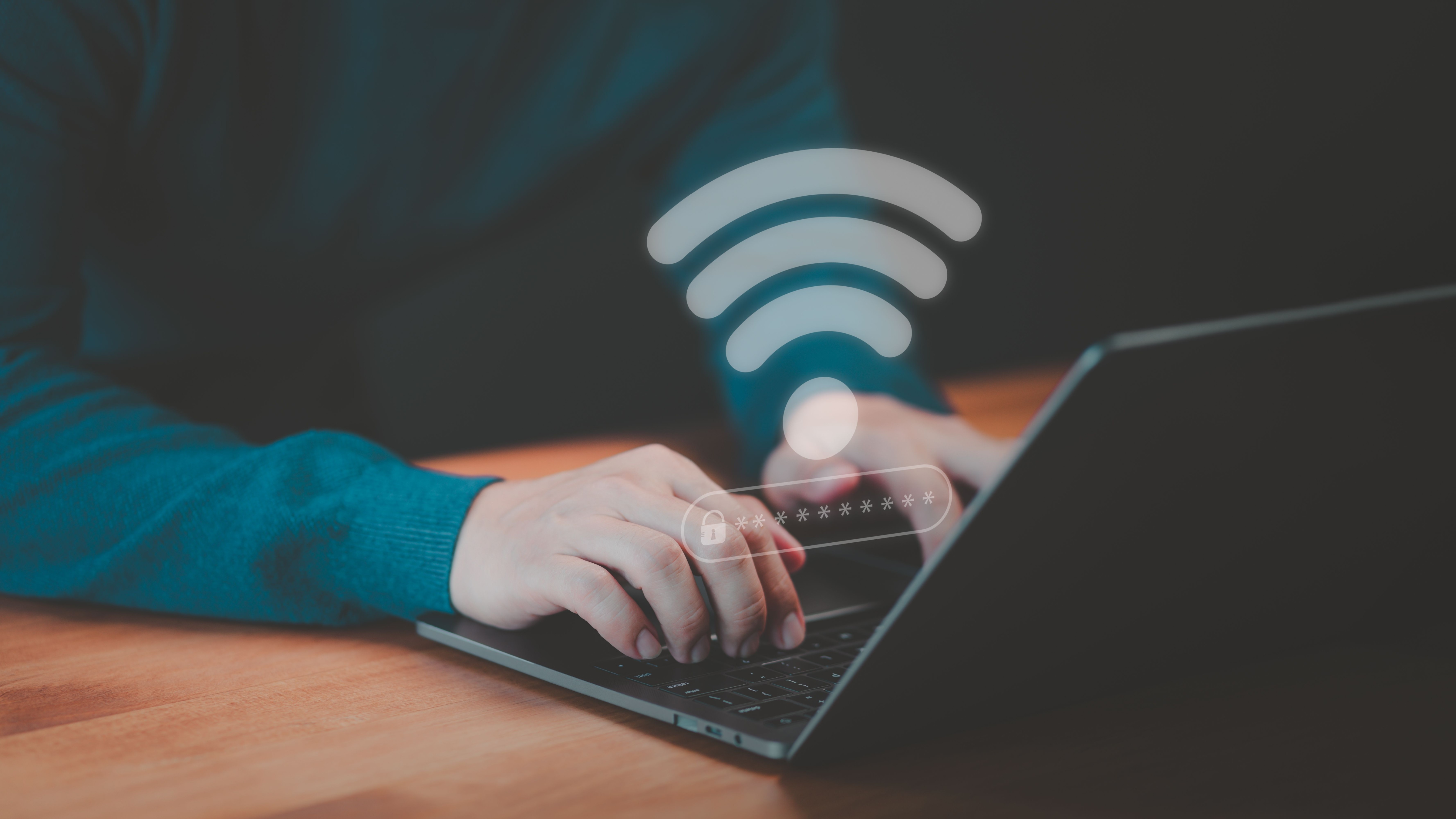What is a broadband dongle and how do I use one?
A broadband dongle can be a great way to keep online when on the go, but how do they work?

You might have seen them in use on public transport, or perhaps you’ve come across them as an option when looking for a new broadband deal. Whatever the situation, it’s a smart move to first get clued up on broadband dongles to help decide whether they might be a useful addition to your busy lifestyle.
This is where our guide can help, as we’ve covered everything from what exactly broadband dongles are, to how they work and even the pros and cons of owning them.
What is a broadband dongle?
The ‘dongle’ itself is a small stick that you can plug into a USB port on your laptop or other devices and it then acts as a WiFi hotspot. You can connect your device (and in some cases multiple devices) to this hotspot to use the internet.
They tend to be relatively small, oblong-shaped sticks, but some can be larger boxes or square-shaped ones with the USB attachment on a small cable.
Other names for broadband dongles
While we are using the broader term ‘broadband dongles’, you might also hear them being referred to as:
- WiFi dongles
- Internet dongles
- Mobile dongles
- Internet sticks
- Mobile broadband sticks
- USB modems
- USB network adaptors
- Mobile hotspot

How do broadband dongles work?
These devices work similarly to how your phone connects to a mobile network, as they use 3G, 4G, or 5G networks to provide internet connectivity for your device.
You can sometimes get them as extras with your traditional broadband package or for free with a mobile broadband tariff. In some cases, they can also be standalone devices rather than USB ones which work via Bluetooth. You may also hear these being called ‘MiFi devices’.
Sign up for breaking news, reviews, opinion, top tech deals, and more.
As we’ve alluded to earlier in this piece, they’re a great piece of kit for providing you with broadband connectivity on the go – be it when you’re away from home, abroad, as a passenger in a vehicle, or when using public transport.
Equally, they can be used as an alternative broadband option in households and businesses, particularly those that don’t have high online usage demands.
How to use a broadband dongle
A big benefit to using broadband dongles is that they’re really easy to set up and start using. With a USB dongle, it’s invariably just a case of:
- Unpacking the dongle
- Plugging it into your laptop/device’s USB port
- Installing any drivers or software (not always the case)
- Searching for the new WiFi network it provides
- Connecting to this network and using the internet
With non-USB versions, it often works similarly but instead of plugging the device into your laptop, you simply turn it on and connect to the WiFi network it starts sending out.

Pros & cons
Pros of using a broadband dongle
To help you get a better understanding of whether or not a broadband dongle might be the right choice for you, here are some pros to using them:
- You can get easy access to mobile broadband on the go.
- They don’t require separate battery charging and often get power from your device instead.
- Your productivity can improve (if you use them for work).
- There isn’t any invasive installation work involved when setting them up.
- They’re a much safer option (in terms of cybersecurity) than using an unsecured network.
- They can often be free to use on some broadband packages and contracts.
- When purchased in isolation broadband dongles can be much cheaper than typical broadband deals.
- On average 5G download speeds can be between 150 and 200 Mbps.
Cons of using a broadband dongle
For the sake of balance here are some of the cons of using broadband dongles:
- If you use a 3G or 4G dongle, you’re likely to get download speeds that are slower than most fibre broadband packages.
- Even on faster 5G, you will only get good download speeds if you are in an area that has decent mobile network coverage.
- In general terms, being able to use a broadband dongle is subject to the quality of the mobile network coverage.
- Many providers have data caps on their broadband dongles.
- Dongles can be easily damaged if you drop them, particularly if they’re still inserted into a device.
- Some dongles aren’t always compatible with certain devices (particularly older ones), but you can check this beforehand.
- Many dongles are limited to use by only one device at a time.

Broadband dongle FAQs
To help cover all bases here, we’ve also included a few of the top broadband dongle FAQs for you:
Can I use a dongle instead of a typical broadband connection?
Yes, you can, but it’s not a great choice if you have lots of people using the internet, you’re better off with a stronger, more dependable fixed line connection. This is because many dongles will only cater to one user at a time. Also, if the mobile network isn’t great in your area, you’ll probably end up with slow or poor experiences when using the internet.
Do broadband dongles have unlimited data?
Some do, but not all. There are certain providers that will offer unlimited data for you with your dongle, but a lot of them do have data caps in place. The simplest option here is to check with the provider directly before you order your dongle.
What happens if I lose signal when using a dongle?
You can treat this the same way as you would with your smartphone, in that you’ll get poor or intermittent service from your dongle if your signal drops in and out.

Which providers offer broadband dongles?
There are a number of broadband providers that offer dongles, but a general rule of thumb here is that you’ll probably be able to get a dongle from a provider if it has a mobile network service too.
The following broadband providers for example:
It also won’t come as a surprise to hear that the UK's leading provider of 4G and 5G broadband, Three, also offers dongles for its customers.
What alternatives are there to broadband dongles?
If you do decide that a broadband dongle might not be for you and you just want to have a more traditional broadband connection, then you’ll be pleased to know there are a wealth of other options available to us in the UK.
Better still, you will also find that you can find tariffs with speeds, extras and monthly costs to suit pretty much any preferences. We go into further detail about this in our guide to the different types of broadband, if you’d like to learn a little more about this subject.
How to find a broadband provider
Last but not least, we can also help you find a new broadband provider - whether they offer broadband dongles or not - courtesy of our best broadband deals guide. We also have our widget below where you can enter your postcode to see what broadband deals are available in your specific location.
Our selections of deals won’t necessarily show you the exact cost and types of dongles on offer, but by using the advice in this guide you’ll know which providers offer them. What this also means is that you’ll know which ones to get in touch with to get more details about their dongle products.
Best broadband deals comparison

Rich is a freelance copywriter and content strategist with over 10 years' experience. His career has seen him work in-house and in various agencies, producing online and offline content marketing campaigns and copywriting for clients in the energy industry.